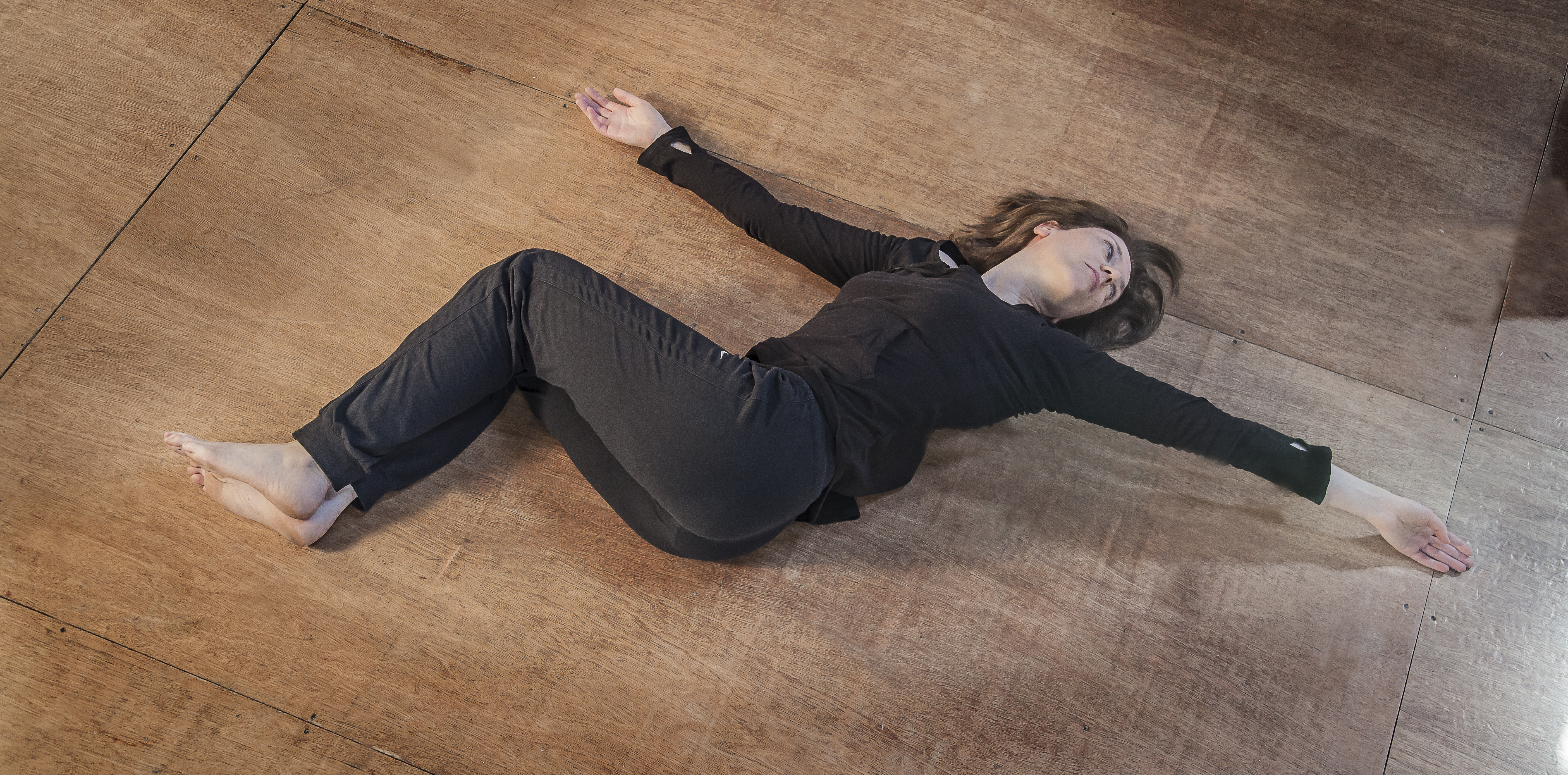Potent Voice: Vocal ‘Special Effects’
As children we all knew how to play with our voices, and you only have to eavesdrop of the range of sounds coming from a school playground to remember how powerful a child’s voice can be…
Some singers can sing so high they can produce a distinctive upper register called Whistle; Mariah Carey is famous for it:
Mozart’s Queen Of The Night is often said to feature it in the highest notes, and most performers believe it is beyond their reach.
At the other end of the vocal spectrum is the much more familiar beating pulse of Vocal Fry, the infrared to whistle’s ultraviolet. Fry is the sound we make naturally when we glide down below our lowest notes, a register that is much more accessible than whistle and is sometimes apparent in the speaking voice of some young American females:
–perhaps due to its appearance in the performance of singers like Britney Spears.
Here is an example from a different era; Mae West uses several vocal qualities, including speech with fry – in this short selection of some of her most delightful lines it is probably clearest in the very first clip:
When a singer strives to improve her or his vocal range they do not necessarily include these special registers in their thinking, but they are very much part of the repertoire of the human instrument and exploring these remote regions can enhance and enrich the core of our vocal range in unexpected ways. A jazz-singing friend once shared with me her delight in discovering that whistling (the usual sort) back and forth with a caged bird lead to an appreciable increase in her vocal power. I did hear many years ago that Julee Cruise:
– whose ethereal vocals added so much to the soundtrack of Twin Peaks, experienced an increase in her range from three octaves to four after working on the music for the show. The implication was that it was the extreme breathiness of the performance that led to this unexpected benefit.
Your voice is the product of the interaction of your breath with the musculo-fascial of your mouth and throat, and as my Feldenkrais students know, exploring unfamiliar muscular activity can lead to unexpected gains in both self-awareness and capability. When I first wrote this article the inspiration came after playing with vocal fry for a whole afternoon in preparation for an upcoming workshop, and later discovering a dramatic increase in ease and volume while singing a song I did not usually find easy to perform without a vocal warm-up.
The human instrument is easy to access; even a novice can imitate quite complex vocal sounds thanks to our natural capacity for mimicry, but vocal mastery requires that we gain more consistent and sophisticated control of muscular functions that are naturally automated and therefore generally only semi-conscious. As as example, we can swallow a pill intentionally, but usually we swallow as part of the eating process without paying much at attention to what we are doing or how we are doing it.
It is easy to sense the tip of the tongue, less so the root; easy to move the lips at will, less so the soft palate; easy to mimic the sound of a police siren by gliding up and down in pitch, less easy to allow the larynx to lift and lower independently of the note we are singing. Our ventricular (“false”) vocal folds close tightly in order to protect us from choking as we eat, but that automatic process can become problematic when we sing notes that are higher or louder than our natural speaking range, and consequently loud, high-pitched vocal performances [such as belting] are more likely to lead to injury over time than is a career spent crooning softly into a microphone.
Exploring unusual vocal qualities may not translate directly into usable singing or acting skills, but they will expand your understanding and awareness of your instrument both consciously – as you learn to access these difficult registers at will – and unconsciously, as all your hidden internal vocal structures become better integrated neurologically, and thus more available to you in performance.
My own trainers strongly believed that vocalists should avoid using constricted false folds in performance, certain that it would lead to vocal injury long term. Since that training a whole musical genre has emerged built on the unusual vocal qualities these vocal-fold-adjacent laryngeal structures can make. This somewhat unnerving quality is known as the ‘Death Growl’. Here is a suitably scary example, one which is even more spectacular for me as the singer is a woman producing unusually low vocal pitches. I always used to say to my young rock singing students that the simplest way to stay healthy was to monitor how their voice was the morning after the gig – if you wake up sore and croaky the next morning then you need to improve your technique or your vocal career may be short-lived, so it delights me that so many practitioners are teaching these astonishing techniques on YouTube:
The human voice is the most versatile sound-making instrument in nature (with the possible exception of those birds that can imitate chainsaws and camera shutters).
In the original version of this article I did suggest that once you can access all of your voice your performances will become more natural and spontaneous. Now I would like to emphasise that ease in performance usually requires a certain amount of actual experience. The huge rise in the number of community choirs here in the UK is a great opportunity for anyone who wishes to gain more performance experience, as are “open mic” nights. In time the unique qualities of your fully-integrated voice will be revealed, and your on-stage presence and charisma will begin to emerge.
Here is one of my favourite examples of a true vocal master at work, Bobby McFerrin with the beautiful but rather unappreciated song “Smile”:
My Vocal ‘Special Effects’Workshop
Rediscover the joy of playing with your voice!
If you are interested in this workshop please contact me and/or join my mailing list…
As children we all knew how to play with our voices, and you only have to eavesdrop of the range of sounds coming from a school playground to remember how powerful a child’s voice can be!
As children we all knew how to play with our voices – and you only have to listen the range of sounds coming from a school playground to remember how powerful a child’s voice can be!
The quality of your voice is the product of the interaction of your breathing with the myo-fascial structures of your mouth and throat, and as Feldenfolk know, exploring unfamiliar muscular activity can lead to unexpected gains in both mobility and ability.
When I first wrote about vocal ‘special effects’ the inspiration came after playing with vocal ‘fry’ for a whole afternoon in preparation for an upcoming workshop, and later discovering a dramatic increase in ease and volume while singing a song I did not usually find easy to perform without a nice long warm-up.
Vocal ‘fry’ is one name for our lowest register – the beating sound that emerges when we glide down to our lowest notes – it is a useful sound for bringing more relaxation to every part of our vocal instrument and both vocally and mentally beneficial.
Vibrato is fundamental to classical singing, but also a wonderful tool in jazz when singing ballads and a fascinating vocal effect when blended with our speaking voice.
Overtones are embedded in the ‘fabric’ of our voice, combining to produce the resonant qualities we are able to produce – exploring them gives us a powerful tool for enriching and empowering both our speaking and our singing voice, and isolating and intoning these vocal harmonics is also an effective form of self-calming meditation.
…and the adjustability of our larynx enables us to explore not just a greater range of pitches but also a great range of vocal personalities, so that we can begin to change age, or sex, or status just by shifting the position of our windpipe.
…and the adjustability of our larynx enables us to explore not just a greater range of pitches but also a great range of vocal personalities, so that we can begin to change the way we express our age, or sex, or status, just by shifting the position of our windpipe
– and if we shift back and forth between our two main registers abruptly we can develop our capacity to yodel – wonderful example included here!
Exploring unusual vocal qualities may not translate immediately into usable singing or acting skills, but as you learn to produce and control them they will expand your understanding and awareness of your instrument both consciously – as you learn to access these vocal sounds on purpose – and unconsciously, as all your hidden internal vocal structures become more integrated and available to you whenever you wish to play with your voice.




